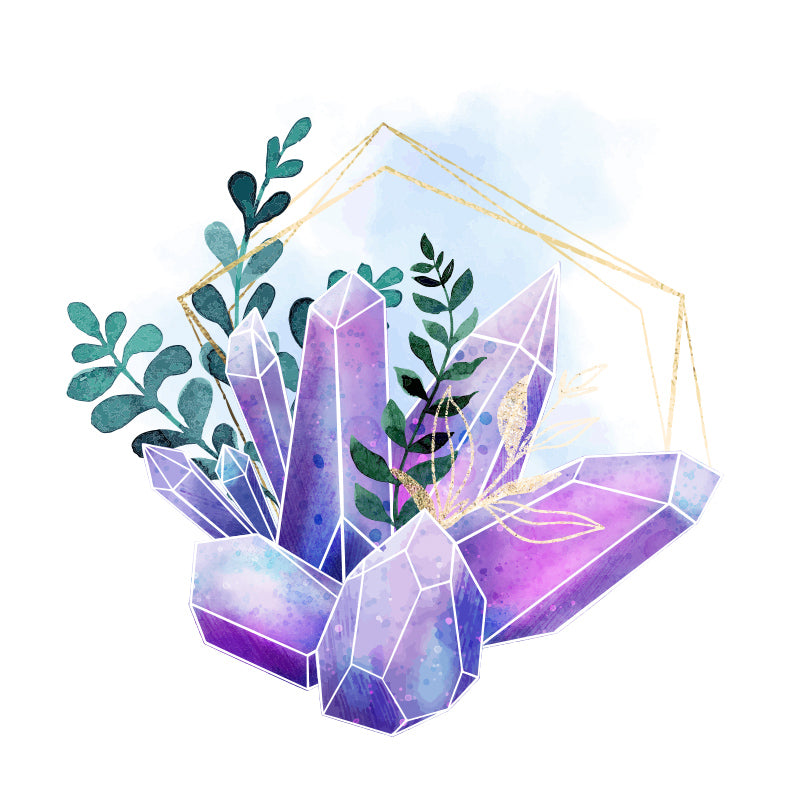
Did you know that in ancient Rome, each year in the middle of February, nearly naked bachelors pranced around the city limits, playfully swatting women and girls with strips of leather? The called it “Lupercalia”, meaning “from the wolf.” Sounds like fun. But if you’ve got something more romantic in mind for your Valentine, check out our sweet selection of heart-shaped gems. And if you’re an Aquarius or are shopping for a special someone with a February birthday, we’ve got exquisite Amethysts for your consideration, this month’s birthstone!
Amethyst is February’s birthstone, the gem associated with the 17th wedding anniversary, and is the world’s most popular purple gem. Like the gem-name “turquoise”, which most people think of as a an aqua green-robin’s egg shade (even though turquoise occurs in other colors), Amethyst means purple to most people, most of the time.
This precious gemstone ranges from a delicate lilac to a deep royal shade that almost approaches a velvety purple-black. For centuries, before modern mining uncovered large deposits of amethyst in Africa, Bolivia, Brazil, and Uruguay, Amethyst was grouped with Diamond, Ruby and Sapphire, as one of the most precious gems on earth. It is more common today, but still regal and unmatched in its purple reign.
Many positive attributes as assigned to this stone by metaphysical practitioners, including the ability to solve problems, clarity, vision, peace and purpose. And, at least one British colonel experienced the darker side of this precious purple.
Purple Passions
The Greek word, amethystos, means “sober”, and the ancients believed that wearing amethyst would prevent drunkenness. Ancient Greeks would carve the likeness of Dionysus, god of the grape, theatre, and general rowdiness, into wine cups hewn from the violet stone, and party hearty believing that the gem would protect them from intoxication. In Egypt, the purple gem was credited with giving the wearer courage and protection, and Cleopatra, Queen of the Nile, is said to have worn an Amethyst ring.
Amethyst belongs to the gem species of macrocrystalline quartz, meaning that the crystal formation is visible with the naked eye. Citrine, rock crystal, rose quartz and smoky quartz are also in this family.
It’s a 7 on Mohs Hardness scale, meaning that it’s durable enough to wear every day.
Why is Amethyst purple?
Amethyst is purple because of the presence of iron and manganese as the stone forms. Most quartz contains iron (up to 100 parts per million). Gamma ray radiation is the surrounding quartz rocks causes internal changes which produce the royal purple hue.
And consider this: prasiolite is chemically Amethyst, in a refreshing, pastel mint green! Another attractive variation is called Ametrine, which is a fusion of Amethyst in its purple form, and lemony-orange Citrine. Because purple and orange-yellow are complementary colors – think of the beauty of a classic French Iris – this pairing in the same stone is quite striking.
And even if you’re not a February baby, wearing a gemstone in the month belonging to that gem is always considered good luck!
From the history books
Not every fan of Amethyst was so lucky. In 1857, a British colonel on a mission to Delhi obtained a large Amethyst stolen from the temple of Indra, King of Gods and Ruler of Heaven according to ancient Vedic texts.
The colonel fell ill, and he passed the purloined gem on to a colleague who also, coincidentally or not, met with tragic misfortune. Was the stone cursed?
Indra’s gorgeous gem changed unlucky hands several more times until it eventually found its way to Edward Heron-Allen in 1890. Fearing the vengeful wrath of Indra, Heron-Allen locked the gem – which is set in silver, the large central oval stone complemented by two scarabs carved of paler Amethyst – inside a set of seven nested boxes, with the intention of shielding himself from danger.
He kept the troubled bauble locked in his vault until his death. Three years later, with a note of warning, Indra’s Amethyst was donated to the Natural History Museum of London, where it still resides.
Heart-felt
Valentine’s Day is February 14, and if you ever needed an excuse to give a romantic gift, look no further. In pagan Europe, folklore told that birds choose their mates on this day. Looking even further back, the name “February” takes us back to the ancient Roman festival of Lupercalia. This holiday was a time of purification, or rites called “februa.”

Historical documents suggest that February in ancient Rome was a bit more frisky than roses and chocolates. To cleanse Rome’s juju and promote fertility of the land, the livestock and the ladies, lads clad only in goatskins, the garb of wine-swilling, nymph-chasing Dionysus, would caper around with strips of leather, playfully swatting at girls and women. No doubt some of this free-spirited swatting and prancing around led to some matrimonial intentions.
If leather whips aren’t quite your wave-length, check out our array of heart-shaped gems. Choose a Blue Sapphire, for something blue, if wedding bells are approaching Or choose a large heart-shaped gem for a stunning ring or pendant – a few are here.
We’d be delighted to work with you to design a bespoke piece that will truly make her heart go pitter-pat!

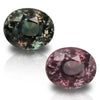 Alexandrite
Alexandrite Amethyst
Amethyst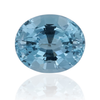 Aquamarine
Aquamarine Chrysoberyl
Chrysoberyl Demantoid
Demantoid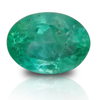 Emerald
Emerald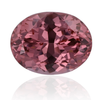 Garnet
Garnet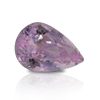 Kunzite
Kunzite Paraiba
Paraiba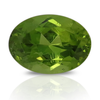 Peridot
Peridot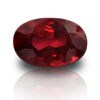 Ruby
Ruby Sapphire
Sapphire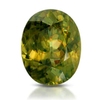 Sphene
Sphene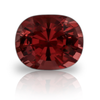 Spinel
Spinel Tanzanite
Tanzanite Topaz
Topaz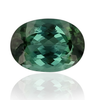 Tourmaline
Tourmaline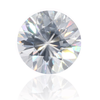 Zircon
Zircon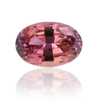 Zoisite
Zoisite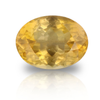 Rare Gemstones
Rare Gemstones Heart Shape
Heart Shape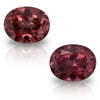 Matched Duo
Matched Duo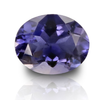 Everyday Candy
Everyday Candy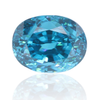 Insta Therapy
Insta Therapy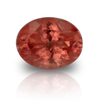 Mini-Splurge
Mini-Splurge

